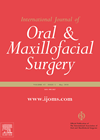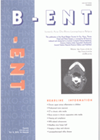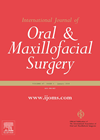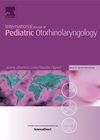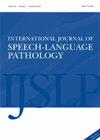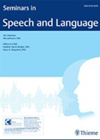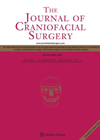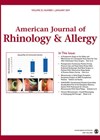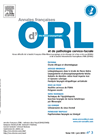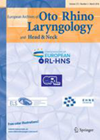
Journal Reviews
Delays in oral cancer
This is a review from Canada where they attempt to relate delays in oral cancer presentation to treatment and the impact on stage, diagnosis and survival. They recognise that potentially the most significant delay is between the patient first noticing...
Evaluation of secondary otalgia
This Turkish prospective study of 200 patients looked at the pain characteristics of secondary otalgia related to temporomandibular disorders (TMD) and cervical region disorders (CRD), and how they can affect diagnostics. Patients were included if they were >18 years of...
Locked or unlocked?
This systematic review and meta-analysis from the Netherlands evaluates postoperative complications of mandibular fractures using locking and non-locking systems. It is suggested that postoperative complications of surgical treatment of mandibular fractures occur in 20-26% of patients, and it is thought...
Do bicycle helmets prevent facial injuries?
This is an analysis from Germany where they reviewed over 7000 bicycle accidents over a 16-year period that met their inclusion criteria. Over 1000 had a facial injury (bone or soft tissue) with helmets being worn in 11.8% of accidents....
Identification of congenital hearing loss in Saudi Arabia
It has long been recognised that timely recognition of congenital hearing loss allows for the morbidity of hearing loss to be minimised. Due to the difficulties with identifying hearing loss in babies, combined with readily available screening technologies, many countries...
Swallow this: management of dysphagia post-stroke
We know that between 50% and 80% of people who have had a stroke present with swallowing difficulties that may be associated with even a small lesion of the cortical or subcortical brain regions. This article provides an up-to-date overview...
Do it like a techy: telepractice in SLT for people with Parkinson’s disease
Parkinson’s disease (PD) is the second most common neurological condition in Australia, and communication difficulties are reported by 90% of people with the condition. Unfortunately, not all people with PD have access to speech and language therapy services due to...
‘Pen’doscope - writing in a reduction in healthcare delivery costs
Optimal management of cleft lip and palate requires a multidisciplinary team approach to treatment, with the goal being maintenance of facial growth and improvement in speech and hearing, in addition to closure of the cleft. This can be especially challenging...
Daflon – a new way to treat idiopathic epistaxis
Epistaxis is a common ENT emergency and most cases are idiopathic. Flavonoids are natural substances with variable phenolic structures that are found in fruit and vegetables and take effect on blood vessels. Daflon is proposed to control epistaxis by “improving...
Work and the risk and carcinoma of the larynx
This is a census on the national cancer registry in France to detect professions at a higher risk of squamous cell carcinoma of the larynx. During the period 2001-2016 there were 244 registered cases of cancer of the larynx. Amongst...
Lingual tonsils and obstrucive sleep apnoea syndrome (OSAS)
Obstructive sleep apnoea can be due to narrowing of the retrolingual space by hypertrophic lingual tonsils. The authors studied 11 patients (five males and six females with a mean age of 44.3 years and a mean BMI of 28.6). All...
Narrow band imaging improves diagnosis of malignant laryngeal lesions
The manufacturers of narrow band imaging (NBI) claim better visualisation of mucosal abnormalities when compared with simple white light. The primary aim of the study was to compare the diagnostic accuracy of NBI and white light to diagnose malignant laryngeal...

